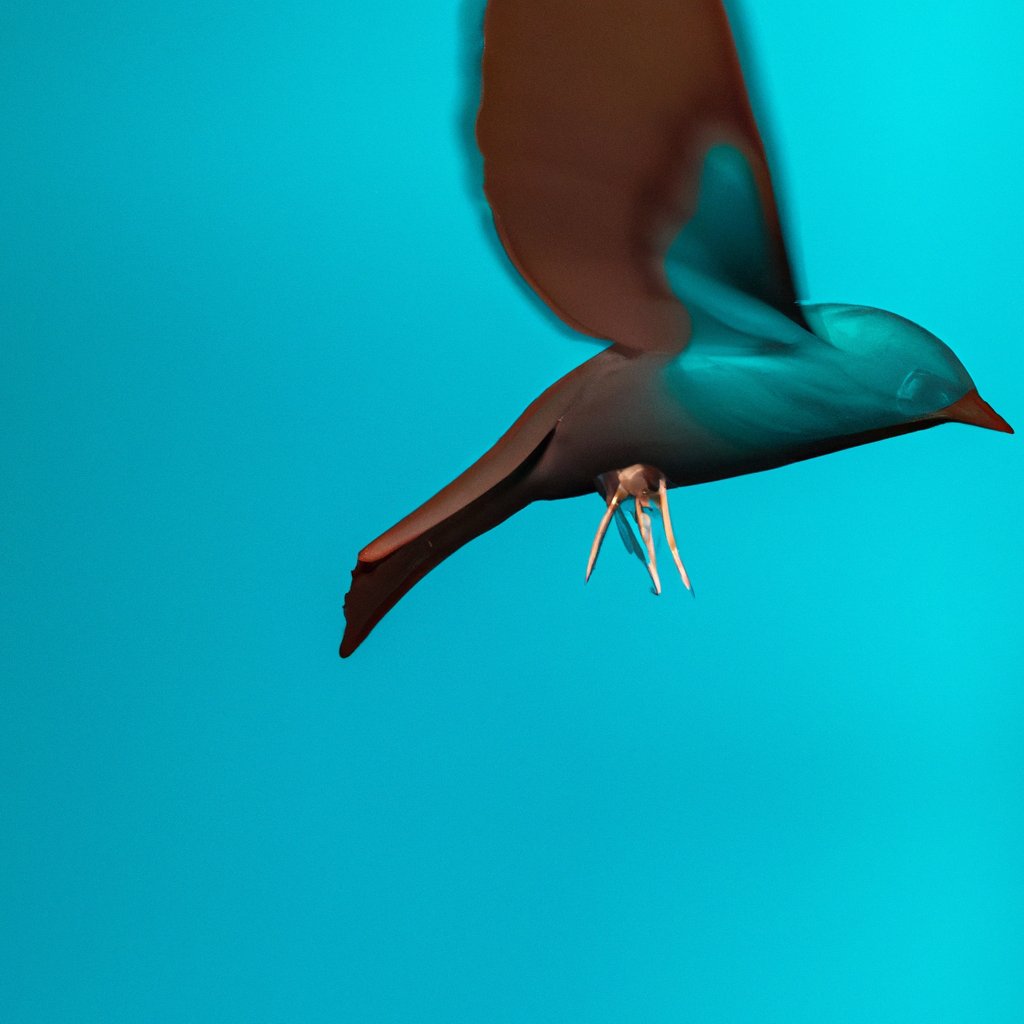Title: The Importance of Preserving Wildlife
Introduction:
Wildlife plays a crucial role in maintaining the balance of our ecosystem. From lush forests to vast oceans, the diversity of animal and plant species is a testament to the beauty and wonder of the natural world. However, the future of wildlife is increasingly threatened by human activities such as habitat destruction, climate change, pollution, and poaching. In this article, we will explore the value of wildlife and why it is essential to preserve and protect these precious species.
Biodiversity and Ecosystem Services:
Wildlife is an integral part of biodiversity, which refers to the variety of life forms on Earth. Biodiversity ensures the resilience of ecosystems and provides a range of essential services such as pollination, nutrient cycling, water purification, and carbon sequestration. For example, bees and other pollinators are vital for the reproduction of plants, including many of the crops we rely on for food. By maintaining healthy ecosystems, wildlife contributes to the overall well-being of our planet and its inhabitants.
Economic Benefits:
In addition to their ecological importance, wild animals and plants have significant economic value. Wildlife-based tourism, including safari trips, birdwatching, and nature hikes, generates billions of dollars in revenue every year and supports local communities around the world. Furthermore, many modern medicines and technologies have been derived from natural sources, highlighting the potential for undiscovered treasures within the biodiversity of wildlife.
Cultural and Aesthetic Value:
Wildlife also holds cultural and aesthetic significance for people across the globe. Many animals and plants feature prominently in folklore, art, and spiritual beliefs, enriching our lives with their beauty and symbolism. For indigenous communities, wildlife is often deeply intertwined with their identity and traditions, serving as a source of inspiration and connection to the land.
Threats to Wildlife:
Despite its importance, wildlife faces numerous threats that jeopardize its survival. Habitat loss due to deforestation, urbanization, and agriculture is one of the leading causes of species decline. Climate change is altering ecosystems and disrupting animal migration patterns, while pollution and overexploitation are degrading habitats and depleting populations. Illegal wildlife trade, driven by demand for exotic pets, ivory, and traditional medicines, poses a significant threat to many endangered species.
Conservation Efforts:
To address these challenges, conservation efforts are essential to safeguard wildlife and their habitats. Protected areas, such as national parks and wildlife reserves, play a crucial role in preserving biodiversity and providing safe havens for threatened species. Conservation initiatives focus on habitat restoration, captive breeding programs, community engagement, and law enforcement to combat illegal activities that harm wildlife.
Individual Actions:
Everyone can contribute to the conservation of wildlife in their daily lives. By supporting sustainable practices, reducing waste, conserving energy, and advocating for wildlife protection, individuals can make a positive impact on the health of our planet. Educating others about the importance of wildlife conservation and supporting organizations dedicated to this cause are also valuable ways to promote awareness and action.
Conclusion:
Preserving wildlife is not just a moral imperative but a practical necessity for the well-being of our planet and future generations. By recognizing the value of wildlife and taking steps to protect and conserve it, we can ensure a harmonious coexistence between humans and the natural world. Together, we can work towards a sustainable future where wildlife thrives and enriches our lives in countless ways.

Leave a Reply